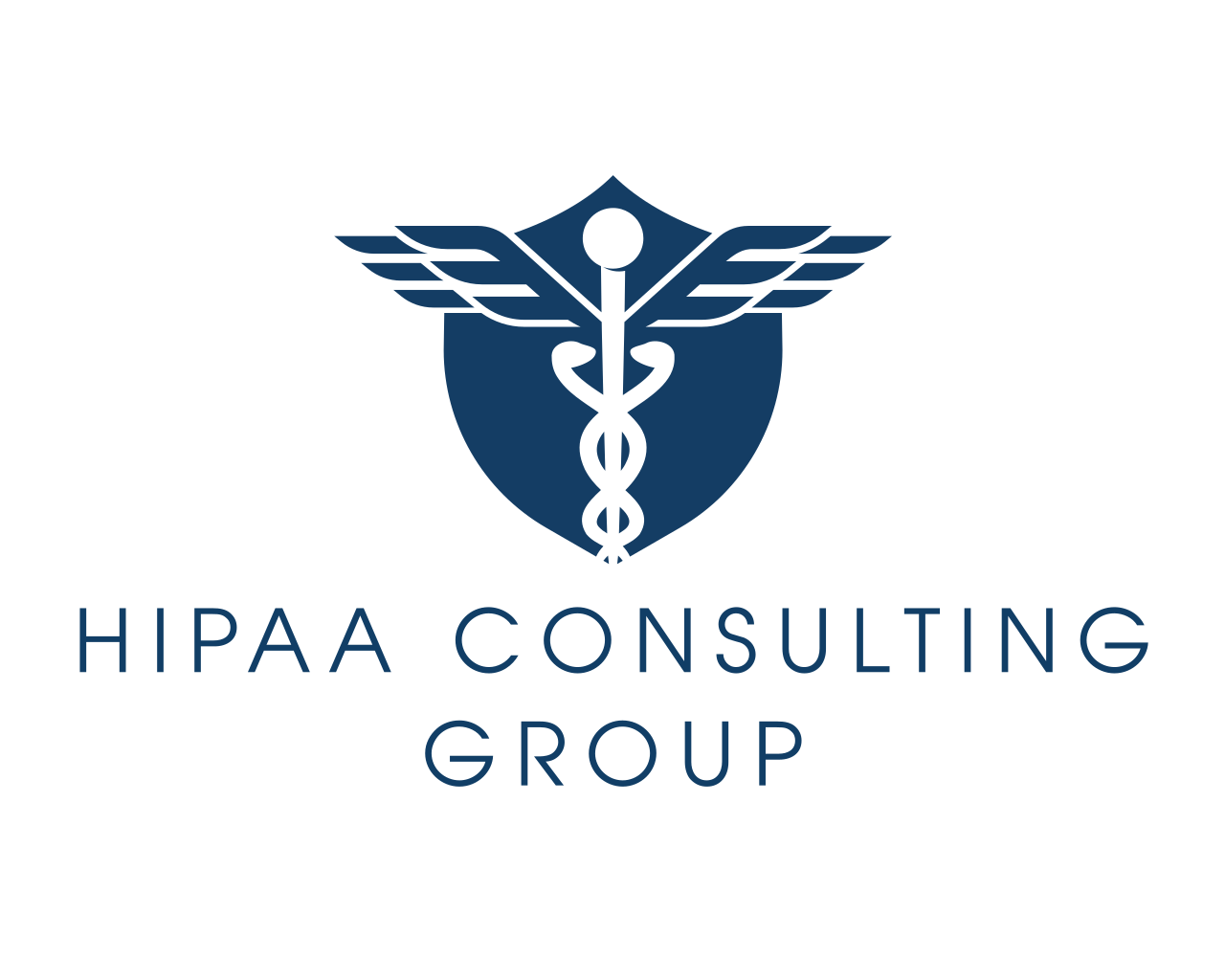Understanding Personal Health Information: A Comprehensive Guide to HIPAA Compliance for Healthcare Professionals
Navigating the complexities of HIPAA compliance can be daunting for healthcare professionals, but understanding personal health information (PHI) is a crucial first step. As the cornerstone of medical privacy regulations, HIPAA sets the standard for protecting PHI, ensuring that patient data remains confidential and secure. Whether you are a compliance officer, dentist, chiropractor, or medical business owner, a thorough PHI overview is essential in meeting HIPAA requirements and fostering a culture of trust with your patients. This comprehensive guide will empower you with the knowledge needed to navigate healthcare compliance confidently, offering insights and practical strategies to safeguard sensitive information effectively. Let’s delve into the essentials of HIPAA compliance and explore how you can protect PHI within your practice.
Introduction to HIPAA Compliance
HIPAA compliance forms the foundation of patient privacy and data security in healthcare. This section explores the significance of HIPAA and introduces key terminology essential for understanding its requirements.
Importance of HIPAA Compliance
HIPAA compliance is crucial for protecting patient privacy and maintaining the integrity of healthcare operations. It establishes a framework for safeguarding sensitive medical information and builds trust between healthcare providers and patients.
The Health Insurance Portability and Accountability Act (HIPAA) of 1996 set the standard for protecting sensitive patient data. Compliance with HIPAA is not just a legal requirement but a ethical responsibility for healthcare professionals.
By adhering to HIPAA guidelines, healthcare organizations can prevent data breaches, avoid costly penalties, and maintain their reputation. HIPAA training is an essential component of ensuring compliance across all levels of an organization.
Key Terms and Definitions
Understanding HIPAA compliance requires familiarity with specific terminology. These key terms form the foundation of HIPAA regulations and are essential for healthcare professionals to grasp.
Protected Health Information (PHI): Any individually identifiable health information that is transmitted or maintained in any form or medium by a covered entity or business associate.
Covered Entity: Healthcare providers, health plans, and healthcare clearinghouses that transmit health information electronically.
Business Associate: A person or entity that performs certain functions or activities involving the use or disclosure of PHI on behalf of a covered entity.
Privacy Rule: Establishes national standards for the protection of individuals’ medical records and other personal health information.
Security Rule: Sets national standards for protecting electronic PHI.
Understanding Personal Health Information
Personal Health Information (PHI) is at the core of HIPAA regulations. This section delves into the definition of PHI and explores various types and examples to provide a comprehensive understanding.
What is Personal Health Information?
Personal Health Information (PHI) encompasses a wide range of data related to an individual’s health status, healthcare provision, or payment for healthcare services. It is any information that can be used to identify a patient and is created, used, or disclosed during the course of healthcare operations.
PHI includes obvious identifiers such as names, addresses, and Social Security numbers, but also extends to less apparent data like appointment dates, medical record numbers, or any unique identifying characteristics.
The HIPAA Privacy Rule defines and governs the use and disclosure of PHI, ensuring that individuals’ health information is properly protected while allowing the flow of health information needed to provide and promote high-quality health care.
Types and Examples of PHI
PHI can take various forms and includes a wide array of information. Understanding these types helps healthcare professionals identify and protect sensitive data effectively.
Demographic Information:
-
Names
-
Addresses
-
Birth dates
-
Social Security numbers
Medical Records:
-
Diagnoses
-
Treatment plans
-
Medication lists
-
Lab results
Financial Information:
-
Health insurance details
-
Billing records
-
Payment information
Examples of PHI in practice include a patient’s chart in a doctor’s office, insurance information displayed on a computer screen, or a conversation about a patient’s health condition overheard in a hospital corridor.
Medical Privacy Regulations
Medical privacy regulations, primarily governed by HIPAA, establish the framework for protecting patient information. This section examines the specific requirements of HIPAA and their impact on healthcare operations.
HIPAA Requirements Explained
HIPAA requirements are designed to protect patient privacy while allowing necessary information flow in the healthcare system. These regulations apply to covered entities and their business associates.
The Privacy Rule establishes national standards for the protection of individuals’ medical records and other personal health information. It requires appropriate safeguards to protect the privacy of PHI and sets limits and conditions on the uses and disclosures of such information without patient authorization.
The Security Rule complements the Privacy Rule by specifically focusing on electronic PHI (ePHI). It requires covered entities to implement appropriate administrative, physical, and technical safeguards to ensure the confidentiality, integrity, and availability of ePHI.
HIPAA guidelines also include the Breach Notification Rule, which requires covered entities to notify individuals, the Secretary of HHS, and, in some cases, the media, of breaches of unsecured PHI.
How Regulations Impact Healthcare
HIPAA regulations have significantly transformed the healthcare landscape, influencing everything from patient interactions to record-keeping practices.
Healthcare providers must implement robust security measures to protect patient data, including encryption, access controls, and regular security assessments. This has led to increased investment in healthcare IT infrastructure and cybersecurity measures.
Patient rights have been strengthened, with individuals now having the right to access their health information, request corrections, and receive notifications about how their information is used and disclosed.
HIPAA has also fostered a culture of privacy awareness in healthcare settings. Staff training on privacy practices has become mandatory, and organizations must designate privacy officers to oversee compliance efforts.
Protecting PHI in Practice
Protecting PHI is a practical challenge that healthcare organizations face daily. This section explores strategies for securing PHI and addresses common challenges in maintaining HIPAA compliance.
Strategies for Securing PHI
Implementing effective strategies to secure PHI is crucial for maintaining HIPAA compliance and protecting patient privacy. These strategies encompass technical, physical, and administrative safeguards.
-
Implement Access Controls: Limit PHI access to authorized personnel only. Use unique user IDs, strong passwords, and multi-factor authentication.
-
Encrypt Data: Employ encryption for PHI at rest and in transit. This ensures that even if data is intercepted, it remains unreadable without the decryption key.
-
Conduct Regular Risk Assessments: Identify vulnerabilities in your systems and processes. Address risks promptly to prevent potential breaches.
-
Train Staff Regularly: Educate employees on HIPAA requirements, privacy practices, and the importance of protecting PHI. Regular training helps create a culture of compliance.
-
Secure Physical Records: Implement measures to protect physical PHI, such as locked filing cabinets and secure document disposal methods.
Common Challenges and Solutions
Healthcare organizations often face several challenges in maintaining HIPAA compliance. Understanding these challenges and implementing effective solutions is key to protecting PHI.
Challenge: Balancing data accessibility with security.
Solution: Implement role-based access controls and audit trails to ensure appropriate access while maintaining security.
Challenge: Managing mobile devices and remote access.
Solution: Implement a robust mobile device management (MDM) system. Ensure that all mobile devices accessing PHI are encrypted and have security measures like remote wipe capabilities in case of loss or theft.
Challenge: Staying updated with evolving regulations and technology threats.
Solution: Regularly review and update your compliance policies. Engage with compliance experts and cybersecurity professionals to keep abreast of changes and new threats.
Challenge: Ensuring comprehensive training and awareness among staff.
Solution: Schedule continuous training sessions and employ varied training methods (e.g., webinars, workshops) to ensure staff remain informed and engaged.
By addressing these challenges with targeted solutions, healthcare organizations can strengthen their HIPAA compliance efforts, reduce the risk of data breaches, and ensure the privacy and security of patient information.
Conclusion
Navigating HIPAA compliance requires a detailed understanding of regulations, persistent vigilance, and a proactive approach to securing personal health information. By implementing robust strategies and staying informed about regulatory changes, healthcare professionals can confidently protect patient privacy, fostering trust and integrity in their practice. Remember, safeguarding PHI is not just a legal obligation, but a crucial component in preserving the sanctity of patient care.

